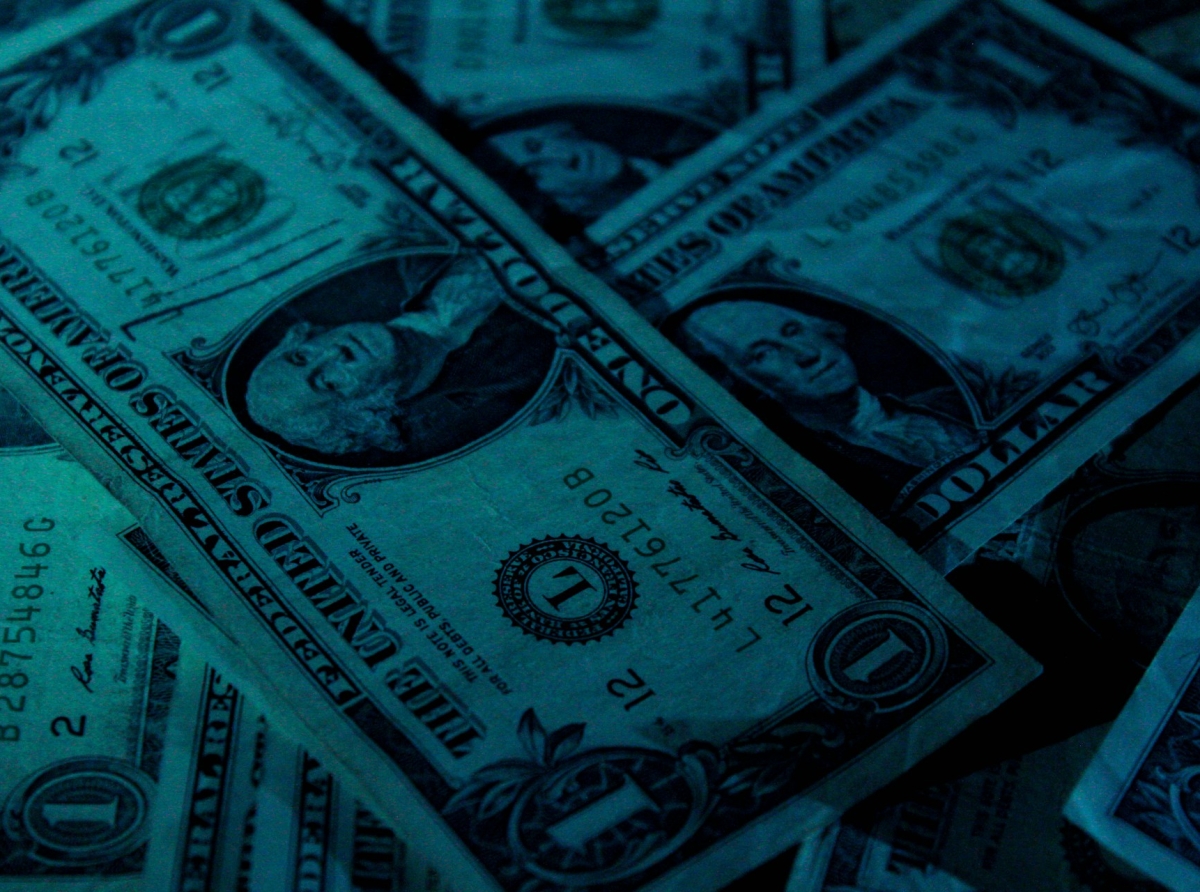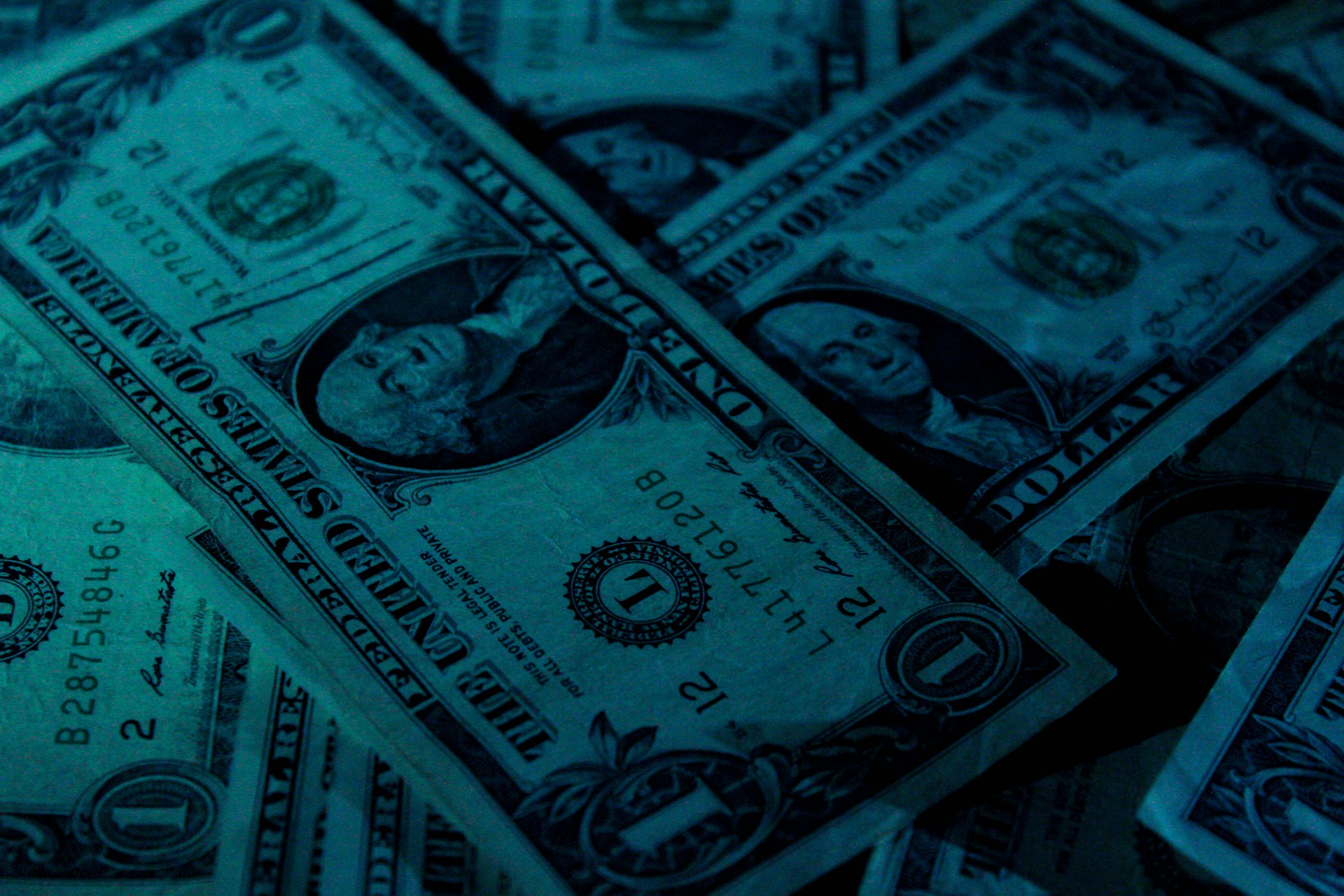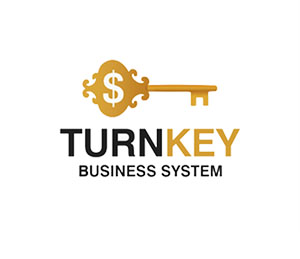Dark Pools: Hidden Liquidity That Saves You From Slippage

Dark Pools: Hidden Liquidity That Saves You From Slippage
By 2025, dark pools will handle approximately 30% of forex trading volume, reducing slippage by 15%, according to TradingEconomics. For retail traders, this provides access to institutional liquidity, but simultaneously increases the risks of "opaque" transactions.
What are dark pools?
Dark pools (DLPs) are closed electronic platforms where major players conduct trades anonymously, avoiding the disclosure of volumes on the open market. Their emergence in the forex market began in the 2010s, but their use peaked in 2022–2025, when Forex volatility sharply increased due to global geopolitical and inflationary factors.According to the Bank for International Settlements report (September 2025) , the share of dark pools in foreign exchange turnover was 30% compared to 22% in 2022.
Why are LPs going into the shadows?
For liquidity providers (LPs) this is a method:minimize the price impact of large orders;
aggregate liquidity without public disclosure;
protect your strategies from competitors.
Example: A hedge fund places a $500 million order in EUR/USD. In the open market, this move would immediately disrupt the price, but in a pool, the trade is handled covertly.

Dark Pools: Hidden Liquidity That Saves You From Slippage
Importance for retail traders
The main "twist" of 2025 is retail access through brokers. A number of companies in the EU and Asia are already providing API connections to the pool.Pros:
slippage reduction (on average by 15% with high volatility);
implementation closer to the institutional level;
increase in processing speed.
Cons:
loss of transparency (the trader does not know who the counterparty is);
risk of algorithm manipulation;
legal vacuum (US and EU regulators are just beginning to discuss control).
Cases of 2025
GBP/JPY, July 2025 : During the UK inflation reports, slippage in open order books reached 25 points, while in dark pools it was only 10.USD/JPY, September 2025 : Bank of Japan intervention caused sharp price spikes. Algorithms in dark pools allowed LPs to redistribute liquidity, avoiding drawdowns.
Expert comments
"Dark pools provide flexibility and depth to the market, but they also create a 'black box'. Retail traders should only work with them through licensed brokers with transparent terms," notes Andrey Kotov, an analyst at Forex Club Europe .
"Too much growth in shadow markets will lead to a decrease in market transparency. This is a challenge for both regulators and traders," adds Sarah Mitchell, senior strategist at the London FX Hub .
Forecast and analytics
According to TradingView Research (September 2025) , the share of dark pools in Forex could reach 40% by 2027 if regulators don't impose strict restrictions.Expected:
the rise of algorithmic anonymous trading;
integration of AI models into liquidity distribution;
creation of "hybrid pools" where transparency is adjusted in real time.
Conclusion
Dark pools (LPs) have ceased to be a "closed club" and are becoming the new standard of currency trading. For the market, this represents an opportunity to reduce costs and improve execution efficiency, while for traders, it offers a chance to reach the level of institutional trading.
However, the risk of opacity remains the main challenge: only the balance between anonymity and control will determine the future of Forex.
Written by Ethan Blake
Independent researcher, fintech consultant, and market analyst.
October 01, 2025
Join us. Our Telegram: @forexturnkey
All to the point, no ads. A channel that doesn't tire you out, but pumps you up.









Report
My comments